The Atom: Part 5 Of 5 (Part 1, Part 2, Part 3, Part 4) Episode 6: Deeper, Deeper, Deeper Still, Cosmos:






The Atom: Part 5 of 5 (Part 1, Part 2, Part 3, Part 4) Episode 6: Deeper, Deeper, Deeper Still, Cosmos: A SpaceTime Odyssey
More Posts from Lanas-own-blog and Others


Islamic Art
Most everyone is familiar with geometry and patterns. The above image by Richard Henry is included here to give some mathematical frame of reference. The artistic emphasis of these ideas gained prominence due to certain religious rules in Islamic religious texts forbidding the portrayal of human forms in worship. Additionally, the advanced mathematical discoveries in the middle east brought about some wonder toward the patterns of these ideas. The underlying message in such geometries, within the Islamic context, is the infinite and natural power of God. It is important to note that ideas like zero, our decimal counting system, and algebra originated from India and the middle east. Arabic calligraphy is also similarly celebrated and made the subject of many past and current Islamic art.

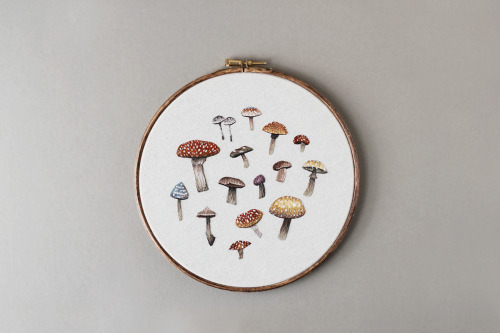
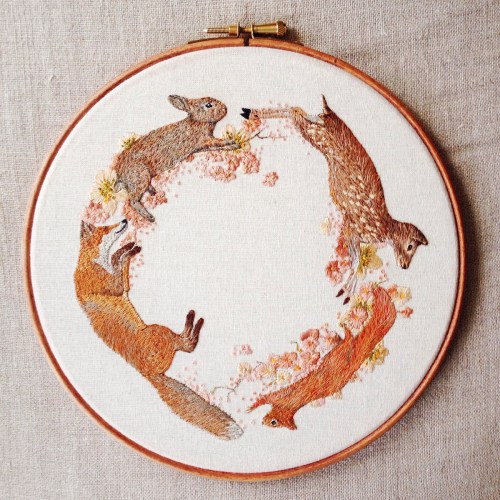

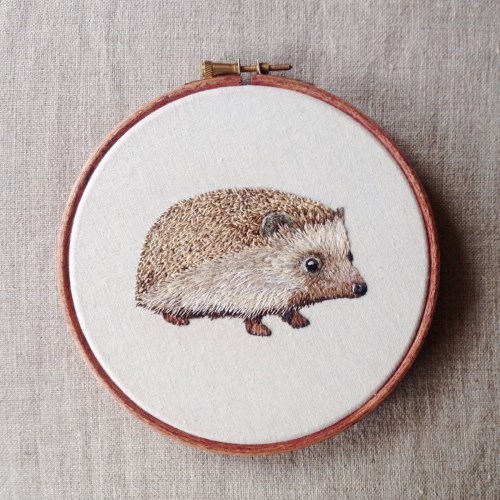

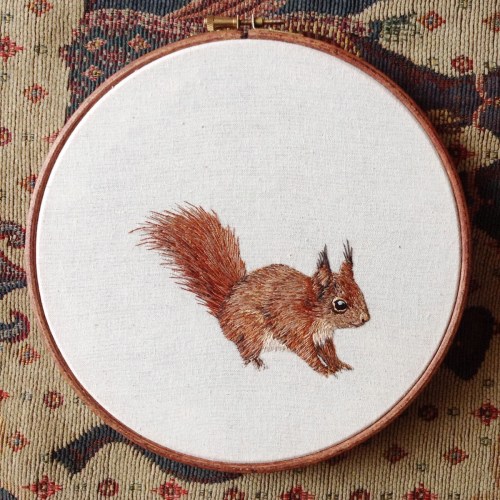
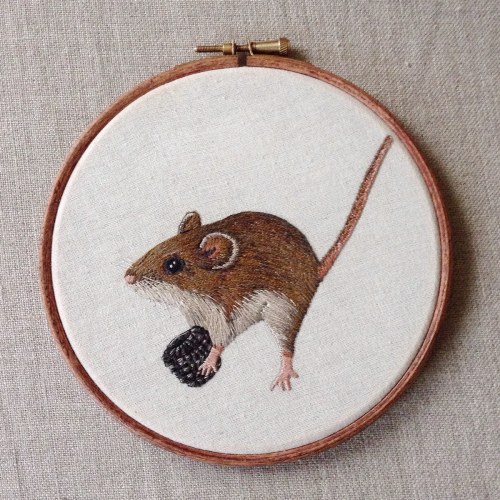
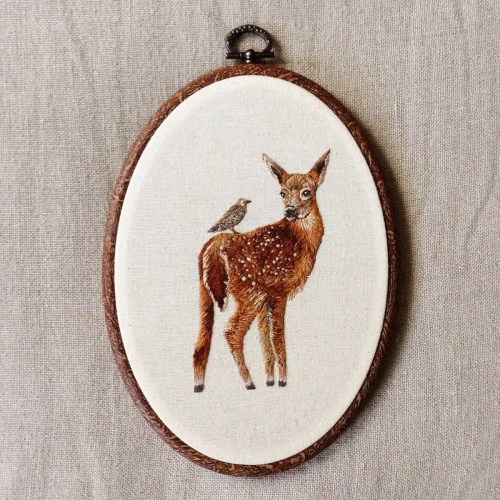
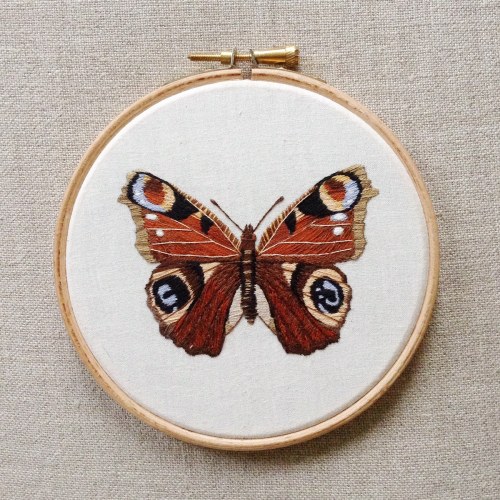
Delicate Nature and Animal Embroidery by Emillie Ferris
UK artist Emillie Ferris composes stunning embroidery illustrations of wildlife and nature into pendants and oval frames. Depicting delicate animals, such as butterflies, deers and rabbits, Ferris’ choice of wildlife subjects exist in the realms of an ethereal forest.
Her embroidery technique displays meticulous talent and detail to color, shape, as well as the texture of fur, which stands out against a clean off-white background. You can find more of her dainty designs at her Etsy shop!


NGC 6995.
Credit: Paul Andrew

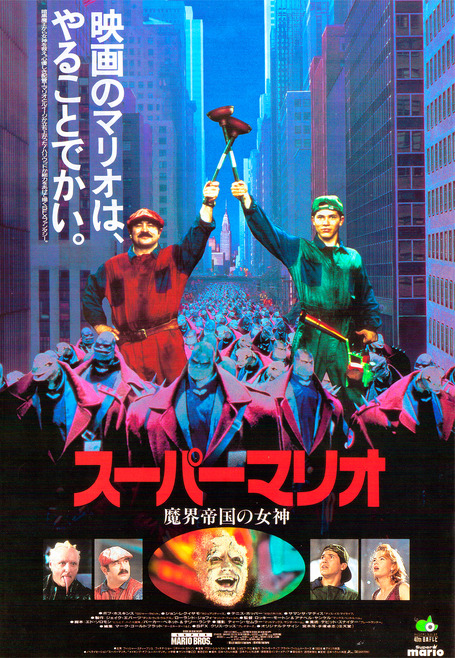

The One-Year Mission
First off, what is the One-Year Crew? Obviously, they’re doing something for a year, but what, and why?
Two crew members on the International Space Station have just met the halfway point of their year in space. NASA Astronaut Scott Kelly and Russian Cosmonaut Mikhail Kornienko are living in space for 342 days and will help us better understand the effects of microgravity on the human body.
Why 342 days and not 365? Thought you might ask. Due to crew rotation schedules, which involve training timelines and dictate when launches and landings occur, the mission was confined to 342 days. Plenty of time to conduct great research though!

The studies performed throughout their stay will yield beneficial knowledge on the medical, psychological and biomedical challenges faced by astronauts during long-duration spaceflight.
The weightlessness of the space environment has various effects on the human body, including: Fluid shifts that cause changes in vision, rapid bone loss, disturbances to sensorimotor ability, weakened muscles and more.
The goal of the One-Year Mission is to understand and minimize these effects on humans while in space.
The Twins Study

A unique investigation that is being conducted during this year in space is the Twins Study. NASA Astronaut Scott Kelly’s twin brother Mark Kelly will spend the year on Earth while Scott is in space. Since their genetic makeup is as close to identical as we can get, this allows a unique research perspective. We can now compare all of the results from Scott Kelly in space to his brother Mark on Earth.
But why are we studying all of this? If we want to move forward with our journey to Mars and travel into deep space, astronauts will need to live in microgravity for long periods of time. In order to mitigate the effects of long duration spaceflight on the human body, we need to understand the causes. The One-Year mission hopes to find these answers.
Halfway Point

Today, September 15 marks the halfway point of their year in space, and they now enter the final stretch of their mission.
Here are a few fun tidbits on human spaceflight to put things in perspective:
1) Scott Kelly has logged 180 days in space on his three previous flights, two of which were Space Shuttle missions.
2) The American astronaut with the most cumulative time in space is Mkie Fincke, with 382 days in space on three flights. Kelly will surpass this record for most cumulative time in space by a U.S. astronaut on October 16.
3) Kelly will pass Mike Lopez-Alegria’s mark for most time on a single spaceflight (215 days) on October 29.
4) By the end of this one-year mission, Kelly will have traveled for 342 days, made 5,472 orbits and traveled 141.7 million miles in a single mission.
Have you seen the amazing images that Astronaut Scott Kelly has shared during the first half of his year in space? Check out this collection, and also follow him on social media to see what he posts for the duration of his #YearInSpace: Facebook, Twitter, Instagram.
Make sure to follow us on Tumblr for your regular dose of space: http://nasa.tumblr.com
More Than You Ever Wanted to Know About Mechanical Engineering: Strain Energy for Some Common Situations
Last time, we talked about strain energy - the energy that is stored when an object undergoes deformation due to applied stress. We worked out a general expression for strain energy density (the amount of strain energy stored per unit volume):

Note that this is easily convertible to overall strain energy - we would just have to integrate strain energy density over the volume of the object to get total strain energy.

The dV here is just the product of dx, dy, and dz (like regular volume is the product of x, y, and z). Or, you could say it’s the product of the cross-sectional area (dA) and dx.

Bearing this in mind, we can easily get some simple expressions for strain energy in some familiar situations.
Keep reading






-
 genocider-syo-is-still-my-queen liked this · 6 years ago
genocider-syo-is-still-my-queen liked this · 6 years ago -
 delphicvoiceaddragh liked this · 6 years ago
delphicvoiceaddragh liked this · 6 years ago -
 tiodemyxor liked this · 6 years ago
tiodemyxor liked this · 6 years ago -
 tiodemyxor reblogged this · 6 years ago
tiodemyxor reblogged this · 6 years ago -
 awesome-casuallyfamouscollector liked this · 6 years ago
awesome-casuallyfamouscollector liked this · 6 years ago -
 byron4night liked this · 6 years ago
byron4night liked this · 6 years ago -
 nowendil liked this · 6 years ago
nowendil liked this · 6 years ago -
 mikukki liked this · 6 years ago
mikukki liked this · 6 years ago -
 pozbearintx liked this · 6 years ago
pozbearintx liked this · 6 years ago -
 simplygreenie liked this · 6 years ago
simplygreenie liked this · 6 years ago -
 lightcycler reblogged this · 6 years ago
lightcycler reblogged this · 6 years ago -
 lightcycler liked this · 6 years ago
lightcycler liked this · 6 years ago -
 prettyflyforabi reblogged this · 6 years ago
prettyflyforabi reblogged this · 6 years ago -
 prettyflyforabi liked this · 6 years ago
prettyflyforabi liked this · 6 years ago -
 y-not-loki liked this · 6 years ago
y-not-loki liked this · 6 years ago -
 formerlyknownas-astro-traveller reblogged this · 6 years ago
formerlyknownas-astro-traveller reblogged this · 6 years ago -
 zhugkp reblogged this · 6 years ago
zhugkp reblogged this · 6 years ago -
 blakefauble reblogged this · 6 years ago
blakefauble reblogged this · 6 years ago -
 blakefauble liked this · 6 years ago
blakefauble liked this · 6 years ago -
 floraone liked this · 7 years ago
floraone liked this · 7 years ago -
 jeremybrettfan reblogged this · 8 years ago
jeremybrettfan reblogged this · 8 years ago -
 jeremybrettfan liked this · 8 years ago
jeremybrettfan liked this · 8 years ago -
 savhcaro liked this · 8 years ago
savhcaro liked this · 8 years ago -
 thatgeeklover reblogged this · 8 years ago
thatgeeklover reblogged this · 8 years ago -
 pegflicker liked this · 8 years ago
pegflicker liked this · 8 years ago -
 7th-universe reblogged this · 8 years ago
7th-universe reblogged this · 8 years ago -
 y0ubarelyareblinking reblogged this · 8 years ago
y0ubarelyareblinking reblogged this · 8 years ago -
 y0ubarelyareblinking liked this · 8 years ago
y0ubarelyareblinking liked this · 8 years ago -
 sportschick4-blog1 liked this · 8 years ago
sportschick4-blog1 liked this · 8 years ago -
 chillin-on-mountains liked this · 8 years ago
chillin-on-mountains liked this · 8 years ago -
 rosenovel liked this · 8 years ago
rosenovel liked this · 8 years ago -
 rosenovel reblogged this · 8 years ago
rosenovel reblogged this · 8 years ago -
 carinosa liked this · 8 years ago
carinosa liked this · 8 years ago -
 xandr13 liked this · 8 years ago
xandr13 liked this · 8 years ago -
 saraphiels liked this · 8 years ago
saraphiels liked this · 8 years ago -
 happilyclearpirate liked this · 8 years ago
happilyclearpirate liked this · 8 years ago -
 gadridel reblogged this · 8 years ago
gadridel reblogged this · 8 years ago -
 gadridel liked this · 8 years ago
gadridel liked this · 8 years ago -
 q-spikes-his-tea liked this · 8 years ago
q-spikes-his-tea liked this · 8 years ago -
 adotjones reblogged this · 8 years ago
adotjones reblogged this · 8 years ago -
 elaynerrs liked this · 8 years ago
elaynerrs liked this · 8 years ago -
 everyday-im-hufflepuffing liked this · 8 years ago
everyday-im-hufflepuffing liked this · 8 years ago
I've had lots of blogs in the past, but this one I'm actualy excited to share with people.
68 posts